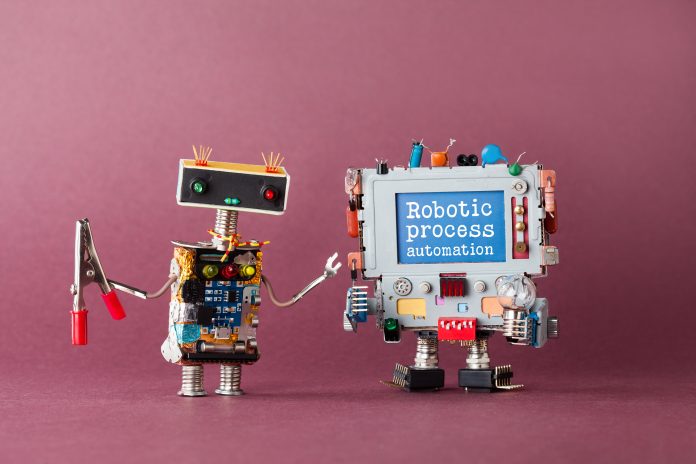Teemu Vieruaho, Head of Intelligent Automation, Digital Workforce, discusses how Robotic Process Automation (RPA) can help fight the public sector’s battle against COVID-19
Over recent months, our professional lives have changed beyond recognition. As travel bans and social distancing measures force people to stay at home, many organisations have been left struggling to make profit, resulting in mass staff layoffs and many workers benefitting from the government’s furlough scheme. In fact, according to recent figures, a quarter of UK employees are now covered by the wage subsidy programme.
The British government recently announced an extension to the furlough job retention scheme, meaning the number of furloughed workers is only expected to increase as more businesses seek support from government programmes. But as the number of furloughed workers grows, so does the pressure on government agencies to process applications as quickly as possible in order to provide immediate financial support to those in need.
Robotic Process Automation (RPA) can lift the burden from overwhelmed agencies as an increasing number of applications is likely to fall on their laps. By digitally transforming the sector, this will help government agencies become more efficient and mitigate risk. Not only will staff become more effective in their roles, RPA can also help struggling public sector organisations cut costs as they continue in their battle against COVID-19.
Accelerate processing times
According to recent figures, approximately 7.5 million people are currently covered by the furlough scheme and each individual is accompanied by a lengthy application process which is managed and monitored by government employees. Currently, once an application has been processed, it can take up to 6 working days for employers to receive financial support from the government.
Almost overnight, government agencies have had to transform their workforce to take on a mass number of applications to support furloughed workers during this crisis. The transformation will have forced employees to adapt their daily responsibilities as they process thousands of applications per day. Automation can speed up the time it takes to receive and manage applications, ultimately accelerating the time it takes for financial support to be received by furloughed workers. Robots can also help check background and professional information, removing the mundane and repetitive tasks from the responsibilities of the human workforce.
Digital workers will not replace the human workforce but rather enhance their role. With RPA taking on tedious tasks, this frees up workers time to focus on more valuable tasks. If digital workers are trained to take on some human responsibility, government agencies can run their operations more efficiently and effectively than ever before.
Building efficiency
By reducing the time, it takes to process applications, RPA allows the human workforce to be more productive as they are able to spend more time focusing on other responsibilities. The deployment of digital workers is allowing local governments to run in a more efficient manner as robots take on the more repetitive and time-consuming tasks. This is freeing up human time and enabling trained professionals to focus on both their highly skilled functions and more inter-personal roles.
Throughout this crisis, not only are people relying on local governments for financial support but also for human contact. Citizens want to hear they are being taken care of and a digital workforce can further support government employees as they continue to focus on the wellbeing of their communities.
A digital worker can manage more than one process or task at any one time. Additionally, it can be trained to prioritise selected tasks and learn to handle exceptions. Implementing a digital workforce can have a transformational impact on local governments but doesn’t require significant economic investment.
Helping to cut costs
Government agencies have been under significant pressure to cut costs as a result of massive reductions in funding and under the current circumstances, this is no different. Technologies such as RPA can help to reduce spending as they enable greater output at significantly reduced costs. In fact, according to Gartner, by 2024 most organisations will be able to lower their operational costs by as much as 30% by implementing automation technologies.
RPA costs less than a full-time employee and as a highly productive technology, automation has the ability to gain millions in FTE savings. This means those full-time employees who were dedicating a significant amount of time to automatable tasks can now be upskilled to carry out more valuable tasks that will benefit the organisation in the long term.
The benefits that RPA can bring to our struggling government agencies are endless. During the crisis, automation can revolutionise the workplace and help local governments quickly return to normality. The transformation will promote a flawless and stable work process that will not only support government agencies through these exceptional circumstances but for years to come when we eventually return to normal.











